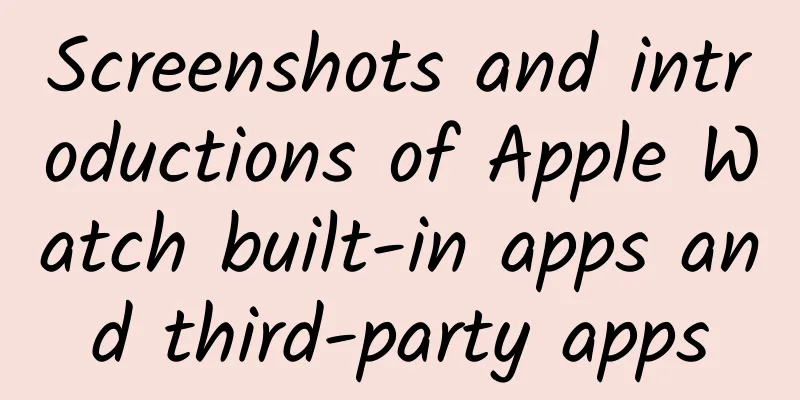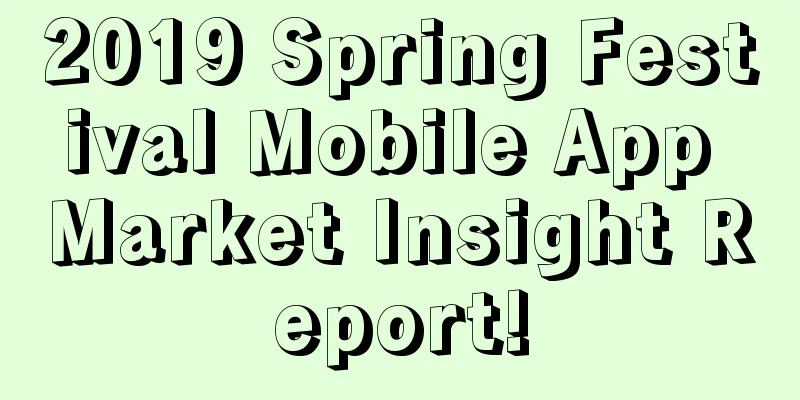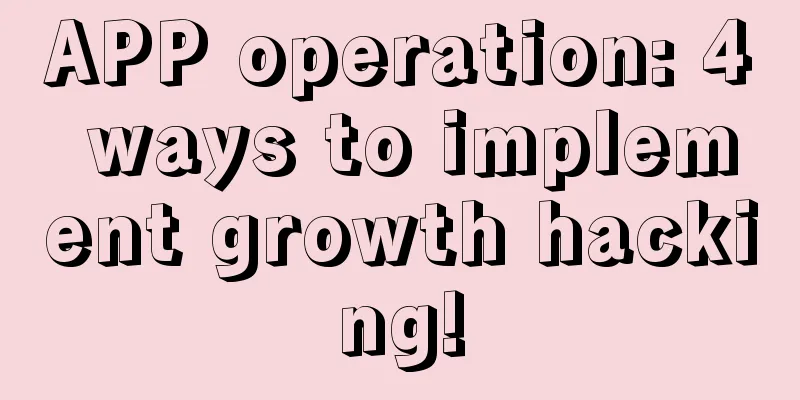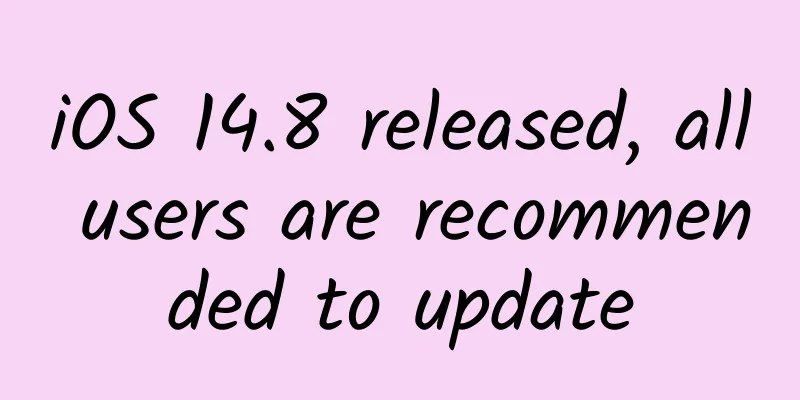An article to understand the communication between Android and Flutter
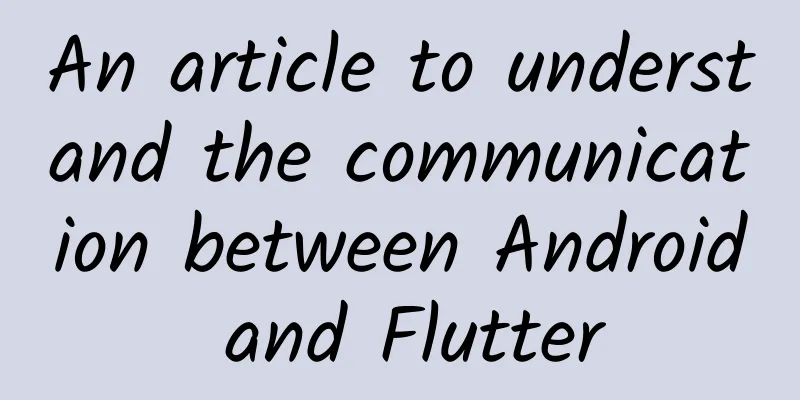
|
As a cross-platform solution, Flutter is often embedded as a module into native Android and iOS applications. Communication between Flutter and the native Android end is essential. So this article will describe how Android communicates with Flutter. 1. Architecture Overview Messages are transmitted between native (host) and flutter (client) through platform channels, as shown in the following figure: To ensure that the user interface can respond correctly, messages are delivered asynchronously, whether native sends messages to Flutter or Flutter sends messages to native. In flutter, MethodChannel can send messages corresponding to method calls. On native platforms, MethodChannel on Android can receive method calls and return results. These classes can help us develop platform plugins with very little code. Note: This section is from the flutter official website and readers can check it out on their own. 2. Platform channel data type support and codecs Platform channels can encode and decode messages using provided codecs that support efficient binary serialization of simple JSON-like values such as booleans, numbers, strings, byte buffers, and lists and maps of these. These values are automatically serialized and deserialized when you send and receive them. The following table shows how to receive Dart values on the platform side and vice versa: Regarding codecs, the Android side provides the following.
ByteBuffer is a class in Nio, as the name implies - it is an area for storing bytes. It has two implementation classes - DirectByteBuffer and HeapByteBuffer. DirectByteBuffer directly opens up an area in the memory to store data, while HeapByteBuffer opens up an area in the JVM heap to store data. Therefore, if you want to communicate data between DirectByteBuffer and HeapByteBuffer, you need to copy it. 3. Communication method We have discussed some basic knowledge about the communication between Android and Flutter. Now let’s get to the point and see how Android communicates with Flutter. There are four ways to implement communication between Android and Flutter.
Let’s take a look at how to use these methods. 3.1、Transfer value during initialization The main purpose is to create a route for flutter page transmission. I think this method is a trick, but it can still be used to transmit data. It is very simple to use, the code is as follows. Let's look at the Android code first.
In flutter, we only need to use the following code to get the value.
In this way, Android can pass data to Flutter when initializing Flutter. Since runApp is only called once, this method can only pass data once and the data can only be a string.
3.2 EventChannel EventChannel is a one-way communication method for native to send data to Flutter. Flutter cannot return any data to native. It is mainly used for native to send mobile phone power changes, network connection changes, gyroscopes, sensors, etc. to Flutter. It is used as follows. Let's look at the Android code first.
The author has made a simple encapsulation of the Android code, which is still easy to understand. Let's take a look at the flutter code implementation.
The above is the code implementation for communication through EventChannel. Calling the send method of EventChannelPlugin can send data to Flutter. 3.3 MethodChannel MethodChannel is a communication method for sending data between native and flutter. As the name implies, the corresponding methods in native and flutter can be called through MethodChannel, and this method has a return value. Its usage is as follows. First, let’s look at the code implementation on the Android side.
The author has made a simple encapsulation of the Android code, which is still easy to understand. Let's take a look at the flutter code implementation.
The above is the code implementation of communication through MethodChannel. It is relatively simple. To use it on the Android side, you only need to call the invokeMethod method of MethodChannelPlugin. To use it on the Flutter side, you only need to refer to the implementation of the _sendToNative method. 3.4 BasicMessageChannel BasicMessageChannel is a communication method that can send messages between native and flutter. It supports the most data types and has the widest range of applications. The application scenarios of EventChannel and MethodChannel can be implemented using BasicMessageChannel, but the application scenarios of BasicMessageChannel may not be implemented using EventChannel and MethodChannel. This method has a return value. Its usage is as follows. First, let’s look at the implementation of the Android code.
The author has made a simple encapsulation of the Android code, which is still easy to understand. Let's take a look at the flutter code implementation.
The above is the code implementation for communication through BasicMessageChannel. On the Android side, you only need to call the send method of BasicMessageChannelPlugin to send data to Flutter. BasicMessageChannel.Reply is the callback method of the return value. On the Flutter side, you only need to refer to the implementation of the _sendToNative method. 4. Communication Principle From the analysis of the source code of communication between Android and Flutter, the implementation is relatively simple. ByteBuffer is used as the data carrier, and then BinaryMessenger is used to send and receive data. The overall design is as follows. As can be seen from the figure, the Android side and the Flutter side use the same design. As mentioned earlier, communication is asynchronous, so where is the thread switching? In fact, it is implemented at the bottom of the system. In the communication between Android and Flutter, the bottom of the system shields a large number of complex operations such as thread switching and data copying. This allows the Android side and the Flutter side to communicate conveniently. On the Android side, BinaryMessenger is an interface that is implemented in FlutterView. In the BinaryMessenger method, JNI is used to communicate with the underlying system. On the Flutter side, BinaryMessenger is a class that communicates with the window class, and the window class actually communicates with the underlying system. 5. Summary In the hybrid development mode of Android and Flutter, there will certainly be many scenarios where they need to communicate with each other. Understanding the various ways and uses of communication between Android and Flutter will help you choose a reasonable way to implement it. at last If you have read this far and think the article is well written, please give me a thumbs up. If you think there is something that needs to be improved, please leave me a message. I will definitely check it carefully and correct the deficiencies. Thank you. |
<<: Two weeks, use Flutter to build an APP
>>: Five reasons why you shouldn't upgrade to iOS 13 or iPadOS right now
Recommend
Could Apple reintroduce Touch ID in future devices?
A new report says Apple may be considering bringi...
The most comprehensive summary of the solution for diverting traffic from TikTok to WeChat
Readers often ask the author how to divert Douyin...
Tips for making popular short videos!
I have always wanted to interview Zhu Feng to tal...
The event planning effect is poor. How to improve it efficiently and achieve growth?
Event planning and operation are commonplace for ...
Keywords bidding tips for competitive marketing, what are the factors that influence (SEM) Baidu promotion keyword rankings?
People who know about Baidu promotion should know...
Will Apple's iPhone fall behind in the 5G era? Self-developed, Intel is unreliable, Samsung and Qualcomm refuse to sell
There is no doubt that 5G mobile phones will be l...
How to operate a WeChat public account? Any operating skills?
With the development of Internet marketing and pr...
Summary of essential tools for new media operations and promotion! (superior)
If you want to do your work well, you must first ...
Google Glass has failed? It seems too early to say
[[127642]] In January this year, Google shut down...
Five major schools of brand IPization!
IP, which stands for Intellectual Property, origi...
Top 10 Brand Creative Case Studies in 2021
As the final chapter of the year-end review, this...
New changes to WeChat Moments in iOS 7.0.18, no option to turn it off
Five days ago, iOS WeChat launched version 7.0.18...
This article explains all the operating skills of Weibo, Tik Tok, and Bilibili!
Faced with today's increasingly segmented, fr...
Check the price of Shigatse marriage and love mini program agent. How much is the price of Shigatse marriage and love mini program agent?
How much does it cost to be an agent for a marria...
Commercial advertising monetization strategy!
"How should an app with millions of DAUs mon...

